Please visit this YouTube link: http://www.youtube.com/watch?v=xuAWa4JK0KI
TVA Kingston Fossil Plant Coal Fly Ash Slurry Spill
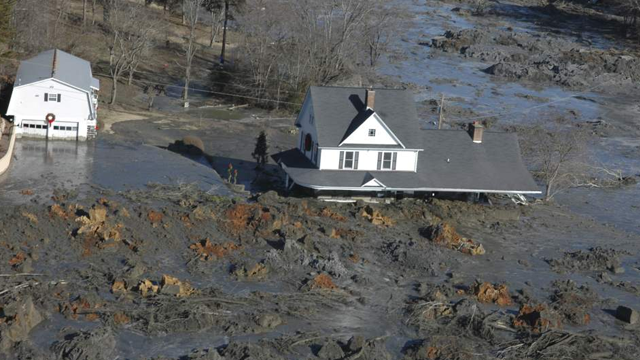
It’s a pretty crazy name huh? It’s real though. In an 84 acre solid waste containment area, an ash dike ruptured in the early hours of December 22, 2008. This fossil plant in Roane County, Tennessee held 1.1 billion gallons of coal fly ash slurry which was expelled causing a mudflow wave. Although there were no reported fatalities or injuries (thank goodness), it damaged several properties and government facilities.
The Exxon Valdez Oil Spill
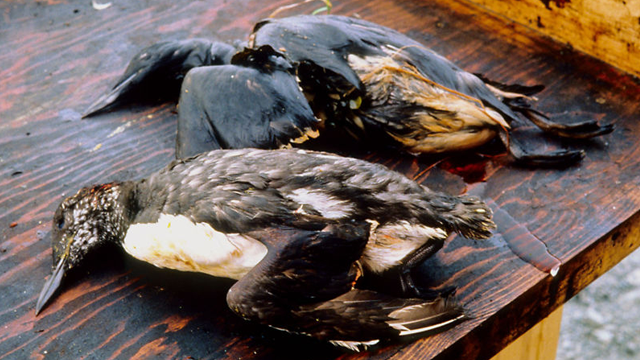
On March 24, 1989, 260,000 to 750,000 barrels of crude oil was spilled in Prince William Sounds, Alaska by the oil tanker Exxon Valdez after it ran into Bligh Reef. It is considered to be one of the most devastating human caused environmental disasters with both the long-term and short-term effects of the oil spill having been studied. Immediate effects included the deaths of 100,000 to as many as 250,000 seabirds, at least 2,800 sea otters, 300 harbor seals, 247 Bald Eagles, and 22 Orcas, and an unknown number of salmon and herring.
Pacific Gyre Garbage Patch
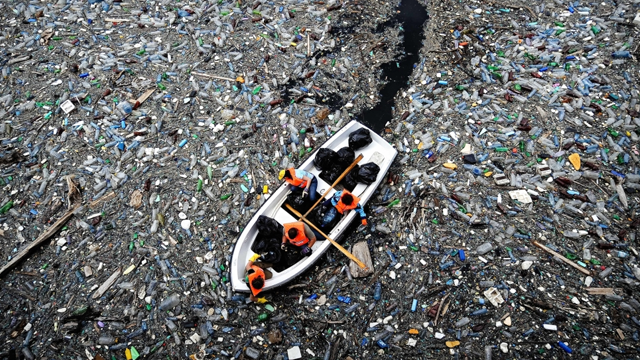
Another example of the negative effects of human waste; the Pacific Gyre Garbage Patch is a gyre of marine debris in the central North Pacific Ocean. This patch which is characterized by high concentrations of pelagic plastics, chemical sludge and other debris formed gradually as a result of the marine pollution gathered by oceanic currents.
Jilin Chemical Plant Explosions
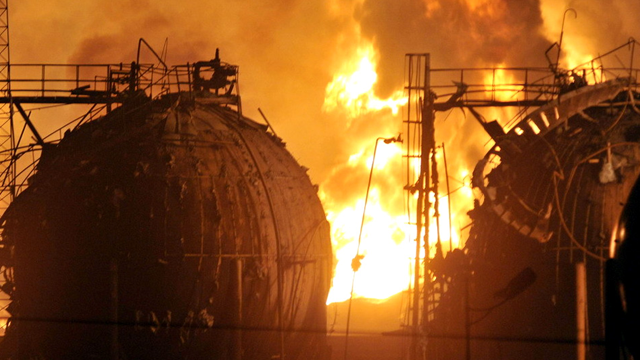
The Jilin chemical plant explosions were a series of explosions which occurred on November 13, 2005 in the No.101 Petro chemical plant in Jilin City, Jilin Province, China. These explosions were responsible for the deaths of six workers and injured dozens causing the evacuation of tens of thousands of residents. To add insult to injury, these explosions severely polluted the Songhua River with an estimated 100 tons of pollutants containing benzene and nitrobenzene whose exposure reduces white blood cell count and is linked to leukemia.
Castle Bravo
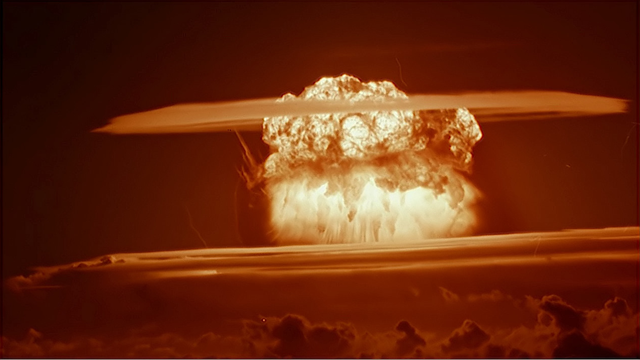
The code name Castle Bravo was given to the first United States test of a dry fuel thermonuclear hydrogen bomb. The bomb was detonated on Bikini Atoll, Marshall Isalnds on March 1, 1954, as the first test of Operation Castle and was the most powerful nuclear device ever detonated by the United States at that time. This test lead to the most significant accidental radiological contamination ever caused by the United States.
The Three Mile Island Nuclear Explosion
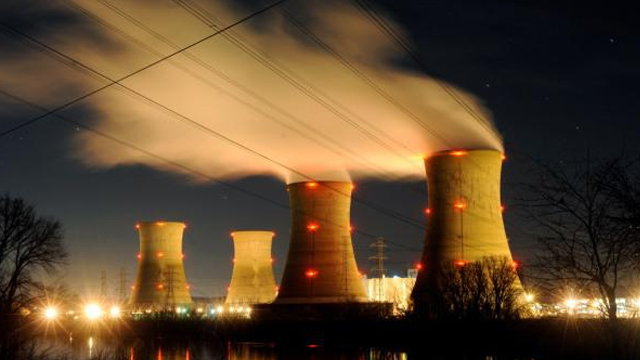
The three mile island accident was a partial nuclear meltdown which occurred in one of the two United States nuclear reactors on March 28, 1979 . Located on the three mile island in Dauphin County, Pennsylvania; it was the worst accident in U.S. commercial nuclear power plant history with the partial meltdown resulting in the release of small amounts of radioactive gases and radioactive iodine into the environment.
The Kuwait Oil Fires

Around 6 million barrels of oil were lost from January to November, 1991. 600 oil wells were set afire as part of the scorched earth policy by the retreating Iraqi military forces. $1.5 billion was spent by Kuwait to extinguish the fires that caused heavy pollution to the soil and air.
“Door to Hell”
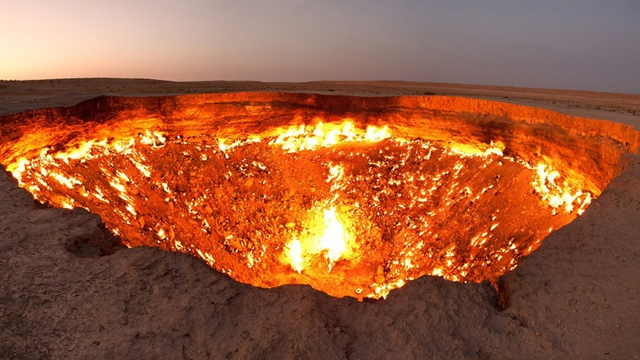
In Derweze, Turkmenistan, a drilling rig made by Soviet geologists in 1971 gave way to a large hole measuring 70 meters in diameter, exposing a large methane gas reservoir. Fearing the environmental impact due to the substantial methane gas release; the geologists decided to burn it off. Unfortunately, the gas is still burning today.
The Palomares Incident
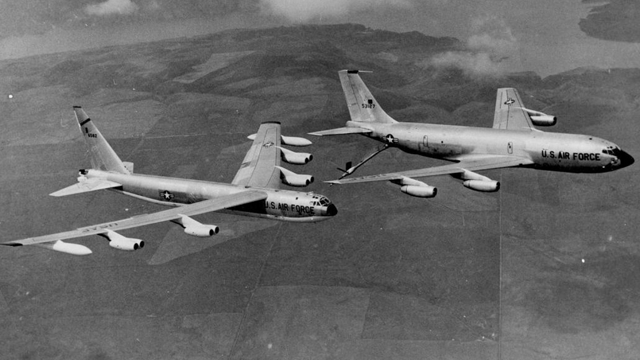
The crash of the B-52G bomber of the USAF Strategic Air Command on January 17, 1966 led to the plutonium contamination of Palomares, a small village in the municipality of Cuevas del Almanzora, Almería, Spain. The jet powered strategic bomber carried non nuclear explosives that detonated causing political conflict between the US and Spain. 40 years later, traces of the blasts are still evident.
Sidoarjo Mud Flow

Sidoarjo (the largest mud volcano in the world) also known as the Lapindo mud, exists today because of gas blowout wells drilled by PT Lapindo Branta. Branta denies this however and claims that the mud flows were created by an earthquake. 180,000 m³ of mud per day is spewed at its peak and has been in eruption since May, 2006.
Libby, Montana Asbestos Contamination
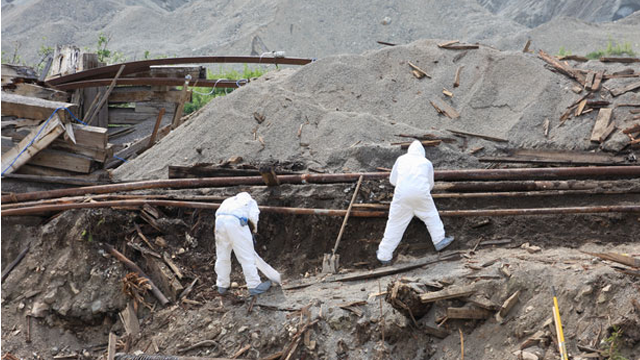
Vermiculite mines in Libby, Montana gave the local residents jobs and helped the local economy. However, due to the mine’s high use of Asbestos the residents suffered related disorders such as mesothelioma. Because of mine activities that started back in 1919, residents continue to suffer until today.
Deep water horizon (BP) oil spill
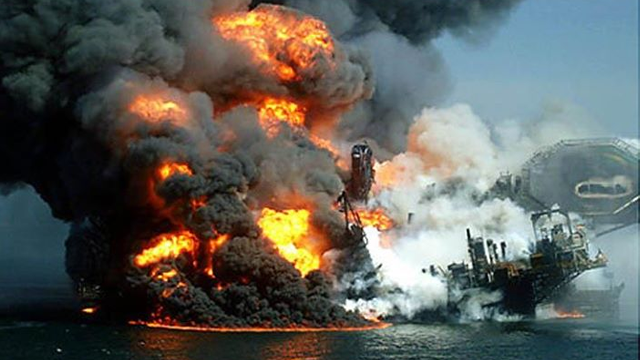
The deep water horizon oil spill (also referred to as the BP oil Spill) in the Gulf of Mexico is considered the largest accidental marine oil spill in the history of the petroleum industry. The oil spill was a direct result of the explosion and sinking of the deepwater horizon oil rig which claimed 11 lives. Total oil wasted is estimated at 4.9 million barrels.
Amoco Cadiz

A huge crude carrier bearing the flag of Liberia split into three parts and sank, releasing 1,604,500 barrels (219,797 tons) of light crude oil and 4,000 tons of fuel oil making it the largest oil spill of its kind at that time and resulted in the largest loss of marine life ever recorded from an oil spill.
Eccocide in Vietnam
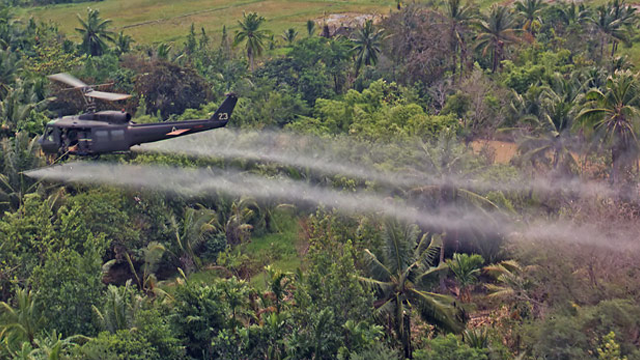
During the Vietnam War, destruction of the farmland and rice paddies that fed the enemy was promulgated by the American military strategists. Other than these areas which were the source of food and livelihood of the Vietnamese folk, the jungle along with its flora and fauna was also devastated.
The Al-Mishraq Fire

Al-Mishraq is a state run sulfur plant near Mosul, Iraq which in June 2003 was the site of the largest human-made release of sulfur dioxide ever recorded. A fire thought to have been deliberately started burned for almost a month spewing 21,000 tonnes of sulfur dioxide a day into the atmosphere.
The Love Canal
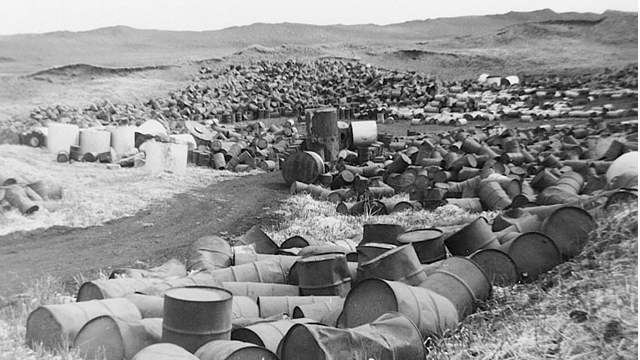
In the 1940′s 21,000 tons of toxic industrial waste, containing highly toxic dioxin, was buried by Hooker Chemical (now Occidental Petroleum Corporation) which led to an adverse affect on nearby residents of Love Canal. The Love Canal neighborhood started gaining international attention as the health impact of such pollution became evident with miscarriages, cancers, and birth defects and has been described as a “national symbol of a failure to exercise a sense of concern for future generations”.
Gulf of Mexico Dead Zone

The most infamous hypoxic zone in the United States,the gulf of mexico’s ‘dead zone’ is the dumping area for nitrogen and phosphorus, just two of the many high nutrient run offs. These substances come from the Mississippi River, which is the drainage area for almost half of the continental America.
Minamata Disease

Considered one of the four major pollution diseases in the history of Japan, Minamata is caused by severe mercury poisoning that attacks the nervous system. In 1956, Chisso Corporation’s industrial wastewater containing methylmercury was released into Minamata Bay and the Shiranui Sea; 2,265 fatalities are recognized as a direct consequence to this polluting even.
The Seveso Disaster
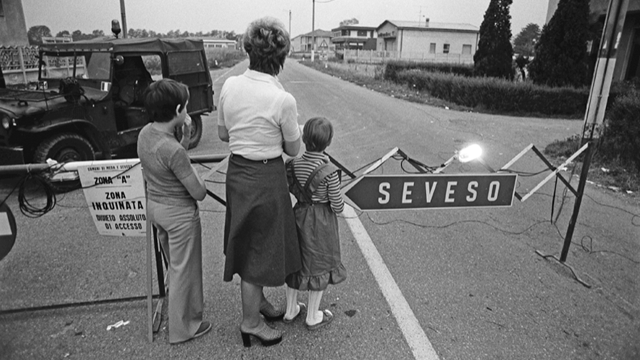
In July of 1976, an explosion at a chemical manufacturing plant north of Milan, Italy released Tetrachlorodibenzo-p-dioxin (TCDD) into the atmosphere adversely affecting the nearby town of Seveso. Shortly thereafter 3,300 animals died and many more were put down in order to prevent the spread of contamination into the food chain. Children were hospitalized with skin inflammation and nearly 500 people were found to have skin lesions.
E-waste in Guiyu, China
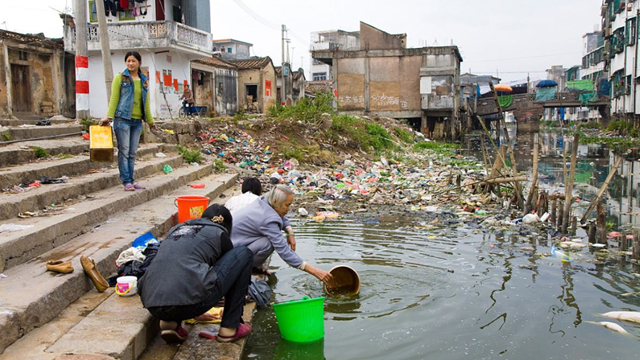
Guiyu, China is the location of what may be the largest electronic waste (e-waste) site on earth. As a result 88% of the children in the area suffer from lead poisoning and there is more than the average rate of miscarriages. Consequently, the province is sadly referred to as the “electronic graveyard”.
Baia Mare Cyanide Spill
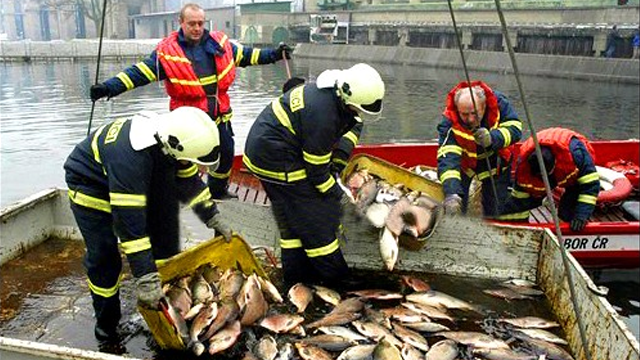
After the Chernobyl incident in Russia, this cyanide spill in Baia Mare, Romania is aptly called the worst environmental disaster in Europe. On January 30, 2000, 100,000 cubic meters of cyanide-contaminated water leaked out from a dam, spewing out 100 tonnes of cyanide. An incredible amount of fish and aquatic plants were killed and up to 100 people were hospitalized after eating contaminated fish.
The Shrinking of the Aral Sea
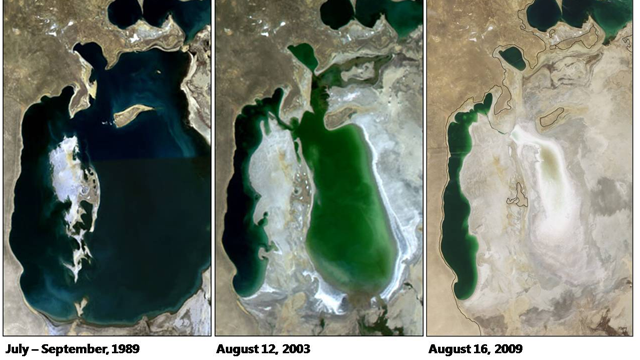
Dubbed as “one of the planet’s worst environmental disasters”, 10% of Aral sea’s 68,000 square kilometers has disappeared due to the diversion of rivers for irrigation. That percentage that was once a part of the fourth largest inland body of water is now a plain of highly saline soil with depleting marine life.
The Bhopal Disaster
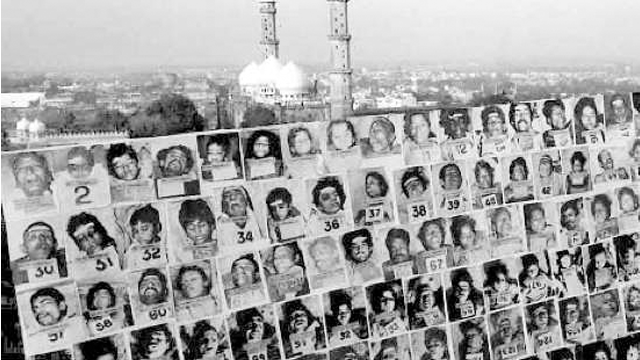
Known as the world’s worst industrial disaster, more than half a million people were exposed to methyl isocyanate gas and other toxic chemicals in Bhopal, Madhya Pradesh, India on the night of December 2-3, 1984. The Union Carbide India Limited (UCIL) pesticide plant’s leak of the poisonous gas claimed 2,259 casualties.
The Chernobyl Nuclear Explosion

Being one out of two accidents classified as level 7 on the International Nuclear Event Scale, Chernobyl is known as the worst nuclear power plant incident in history. Cancers, deformities and other long term illnesses were the scars of not only human inhabitants but of animals as well.
The Great Smog of ’52
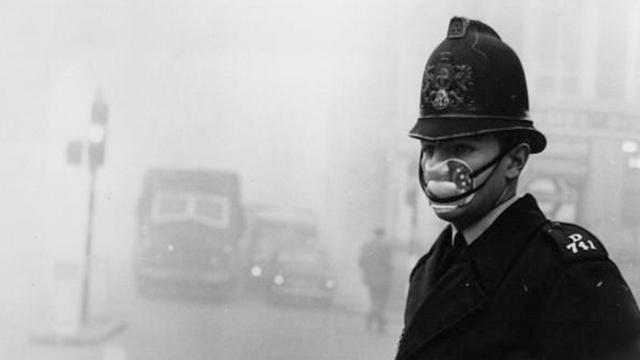
Thousands died and a hundred thousand fell ill because of a blanket of smog that covered London for 5 days in 1952. Cold weather, combined with windless conditions collected airborne pollutants from the use of coal to form a thick layer of smog over the city. Recent research showed that 12,000 premature deaths can be attributed to this smog.



























